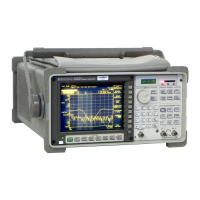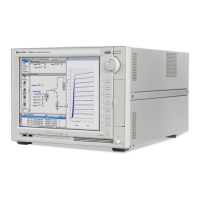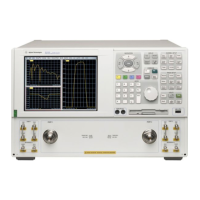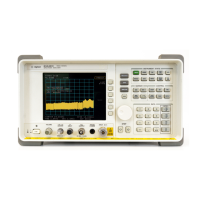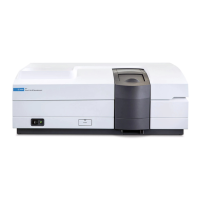VVM (Vector Voltmeter) Mode – Option 308 133
1. Attach the shortest cable to the FieldFox RF OUT connector. This cable is the
reference cable. Leave the end of the reference cable open (unterminated).
2. Press Meas Setup 4 then press Zero.
3. Remove the reference cable from the FieldFox RF OUT connector.
4. Connect an unterminated, longer cable to the FieldFox RF OUT connector.
5. Observe the displayed phase difference between the reference cable and the
attached cable.
6. Carefully trim the cable until the phase shift reads zero. The attached
cable’s electrical length is now matched to the reference cable.
7. Repeat steps 4 through 6 for the remaining cables to be trimmed.
2-Port Transmission Measurements
A 2-Port Transmission measurement is used for measuring electrical length,
insertion loss, gain, or isolation of a device. The FieldFox signal source is
transmitted out the RF OUT connector, through the DUT, and into the RF IN
connector. Both ends of the DUT must be connected to the FieldFox.
NOTE Only Magnitude, NOT Phase, is displayed.
In the following image, the gain of an amplifier is being measured.
2-Port Transmission measurement of an amplifier
How to make a 2-Port Transmission Measurement
1. Press Mode then VVM then 2-Port Transmission.
2. Press Freq/Dist and enter the measurement frequency.
3. Connect the RF Out and RF In test port cables to form a Thru connection as
in the image below. If an adapter is needed to make the connection, the
measurement results will be in error by the amount of loss in that adapter.
4. Press Meas Setup 4 then Zero.
5. Connect the DUT as in the diagram above.
6. The displayed magnitude value is the gain of the amplifier. To measure
isolation of the amplifier, reverse the connection to the amplifier (RF Out to
the amplifier output).
